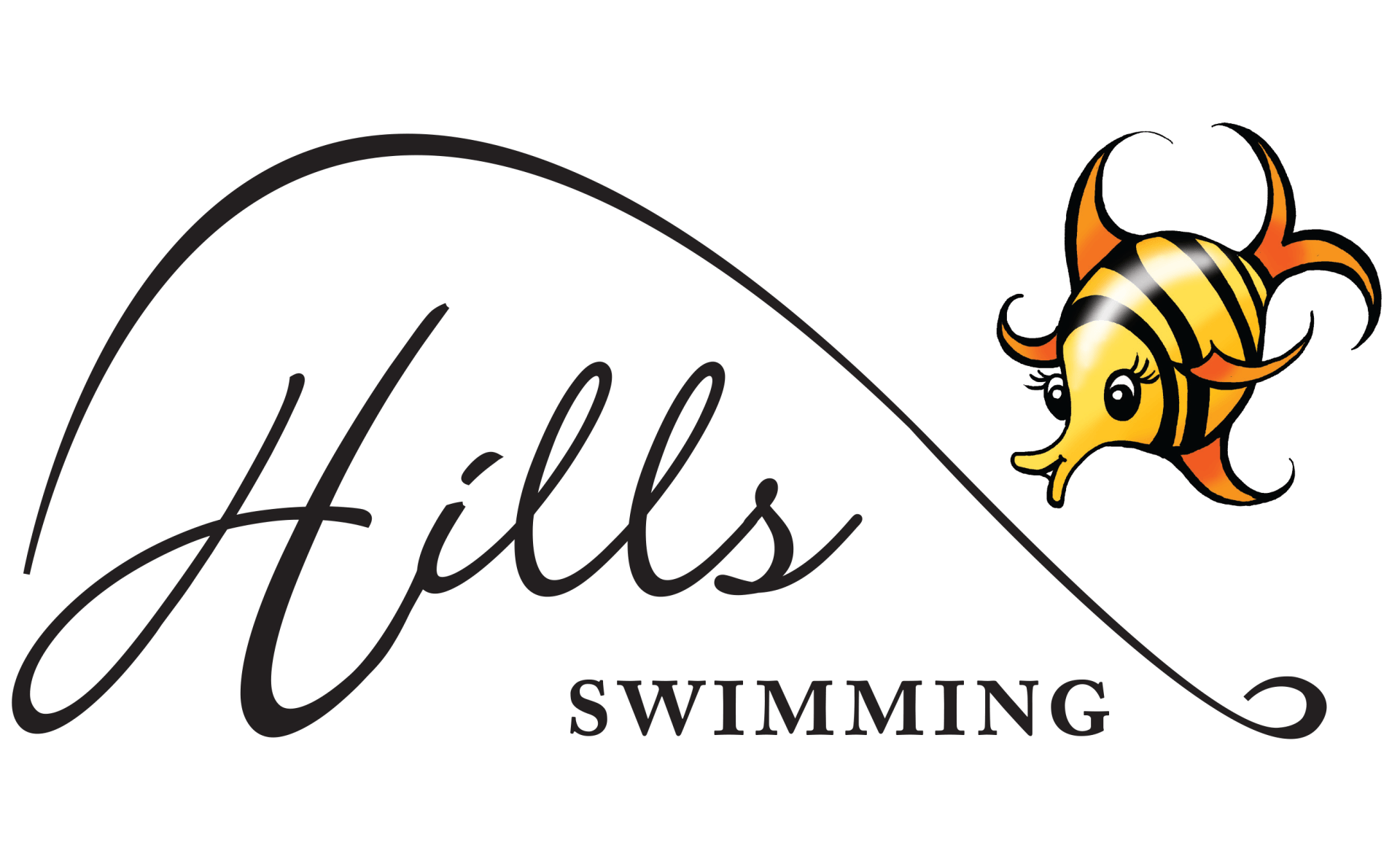Water Safety for All Ages
At Hills Swimming, back floating and other skills are never taught with stress or tears
Children need to be relaxed to learn well and remember skills in an emergency.
ADULT Supervision is ESSENTIAL!!
Keep young children in arms reach near water.
Don't be distracted!
We teach important skills that HAVE SAVED LIVES! As early as 21 months our swimmers have been featured in the media after accidently falling in a home pool and securing safety.
READ ON TO LEARN OUR ABOUT OUR UNIQUE APPROACH TO EARLY WATER SAFETY...
Respect
Arms Reach:
• Always keep your young child, or older beginner, in arm’s reach. Both during lessons and when swimming recreationally.
Look, Listen, Wait:
• Our little swimmers are taught to take turns; listen for instructions; and wait for an adult to invite them into the pool.
• Constant and positive reinforcement of these skills develops safer habits from an early age.
Floatation Aid Free:
• Children swim efficiently when using their bodies naturally. Floatation devices, such as back bubbles and arms bands, encourage head up and poor body position.
• Aids can create a false sense of security and ability in children and parents. In an emergency, your child probably won't be wearing a floatation device.
• It’s essential your child can independently and happily swim under water and to the pool edge, with no floatation device.
Routine
Consistent Every Time:
• Young children are creatures of habit. By developing consistent swimming routines your child is learning safety skills that may save their life.
• Having safety routines reinforced every lesson means they will be more likely to use them in an emergency.
Never Alone:
• Hills Swimming reminds toddlers, children and their parents, that they must NEVER swim alone.
• Children always need to have an adult present. Vigilant adult supervision is essential to safe swimming.
• Clearly communicate which adults are supervising children in or near water.
Swimwear Always:
• Teaching children to only swim in swimwear creates a routine and importantly, a positive habit, adding another layer of safety.
• Many Hills Swimming parents have been made aware of an open pool gate by a toddler insisting they want to put on their swimwear.
Recovery
To Safety:
• One of the first water safety skills at Hills Swimming is turning underwater and swimming to secure safety- such as returning to the wall; to the platform; or to an adult.
• This life saving skill is developed through our action songs and exciting large in water equipment- encouraging children to learn through their play!
To Breathe:
• Learning to pop up to breathe starts in the early baby and preschool classes, progressing to treading water at higher levels.
• Having the endurance to take a breath and continue to swim to safety, is an essential survival skill.
To Rest:
• Another essential water safety skill at Hills Swimming is the ability to roll over, float and rest on their back.
• Hills Swimming babies are gently introduced to floating on their back, with parents providing fingertip support. This skill progresses to arms reach, as your child gains skills and confidence. Finally, your child will swim, float and swim, happily to reach safety.

